Growing Soybeans
All Growing Soybeans Content
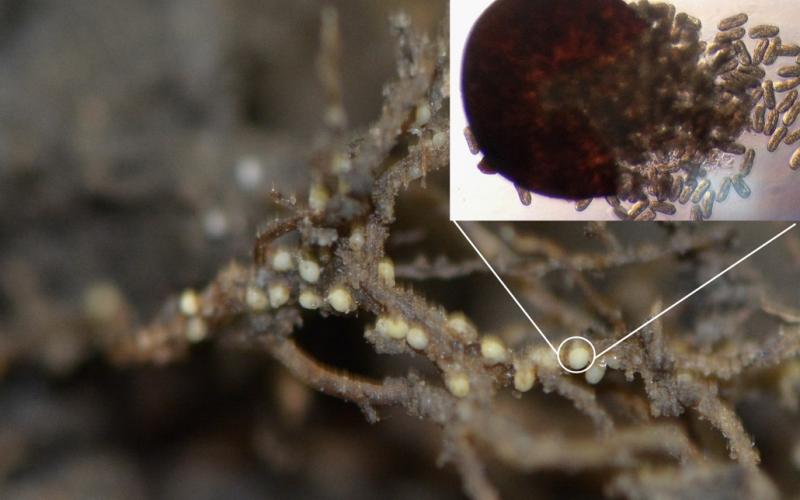
Fall is a Good Time to Test Your Soil for SCN
Is your yield monitor indicating low yielding areas in your soybean field? Soybean Cyst Nematode (SCN) could be the problem. Get to the root of the problem by testing your soil for the soybean cyst nematode. SCN management starts with a soil test to determine the presence or absence of this nematode in the soil. Absence may indicate either the SCN has not established in the field or could be present in non-detectable levels.
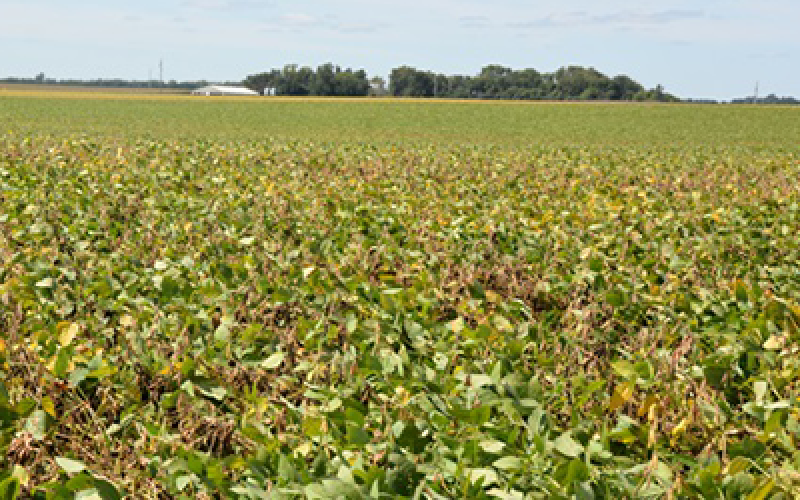
Late-Season Soybean Diseases: Know what’s killing your soybeans
Late-season soybean diseases can sometimes be mistaken for natural senescence. A closer look at the stems and roots of dying plants and the pattern displayed by dead plants in the field may reveal root or stem rots going on. In order to devise effective management practices for future soybean seasons, it is important to determine the cause of early soybean plants death.
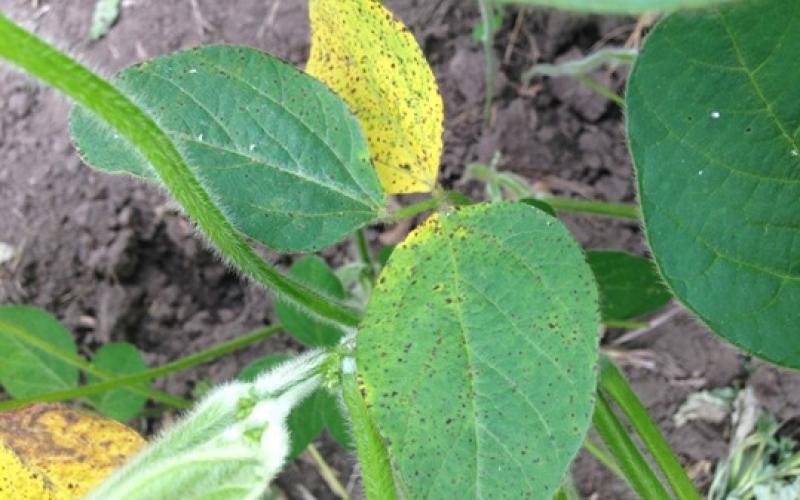
Soybean Diseases Update
A few soybean fields scouted had between low to moderate levels of brown spot (also known as Septoria leaf spot). Soybean planted into soybean stubble had elevated levels of brown spot.
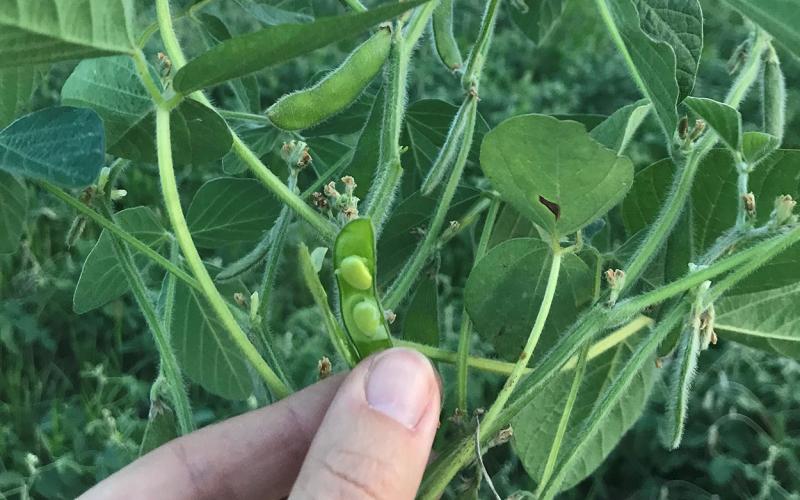
Salvaging Drought-Stressed Soybeans as Feed
One of the more popular questions we’ve been receiving lately involves using soybeans as forage. Although the soybeans planted for grain are not typically bred for forage use, we can salvage the crop for said forage if need be.
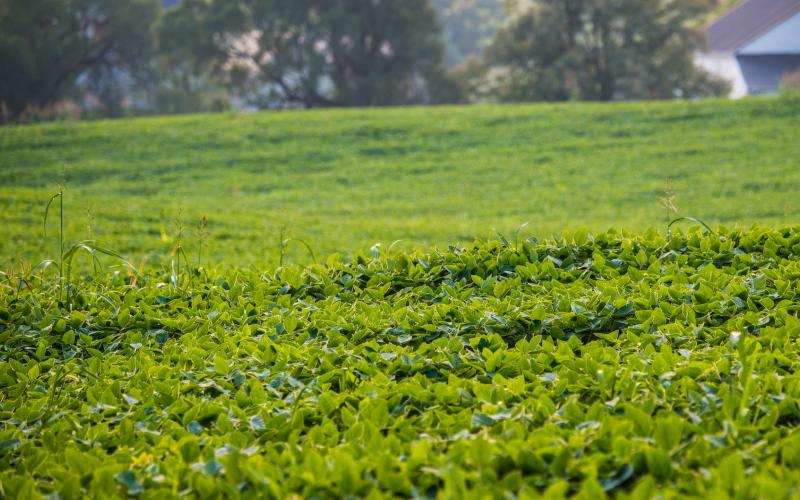
Minnehaha Soybean Cropping Systems Tour Set for Sept. 8
August 16, 2021
The South Dakota Soybean Research and Promotion Council along with South Dakota State University Extension will be hosting a cropping systems tour in Minnehaha county on Sept. 8.
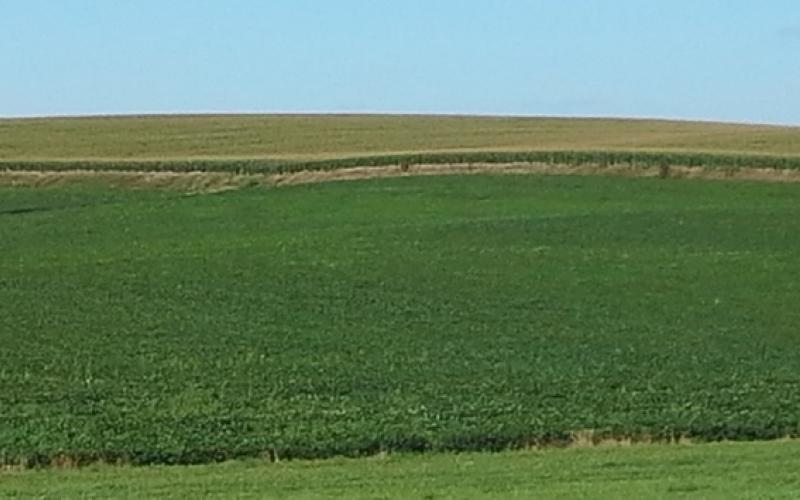
'Science for Success: Notes From the Field' Resumes Aug. 6
July 29, 2021
South Dakota growers and agribusiness professionals are invited to join soybean research and Extension specialists from land-grant universities across the country as they host the webinar series, "Science for Success: Notes From the Field."
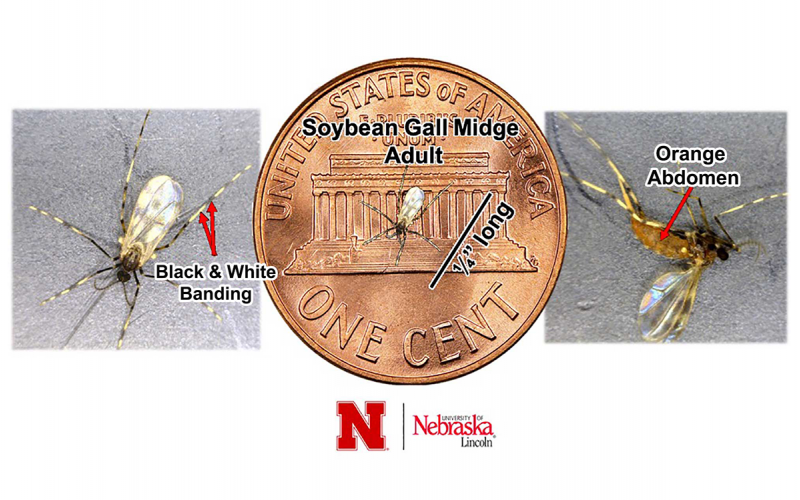
Soybean Gall Midge Adults Captured in South Dakota
Although soybean gall midge adults have been captured earlier this spring in neighboring states, the first adults were captured in South Dakota on June 17. So far, our captures are low with one adult at two locations near Burbank and Meckling.
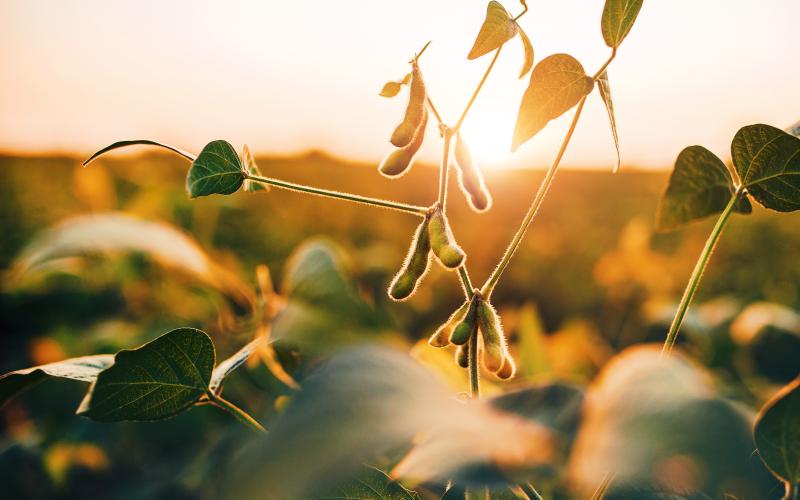
Next 'Notes from the Field' Webinar to be held June 4
June 01, 2021
South Dakota growers and agribusiness professionals are invited to join soybean research and Extension specialists from land-grant universities across the country as they host the monthly webinar series, "Science for Success: Notes from the Field."
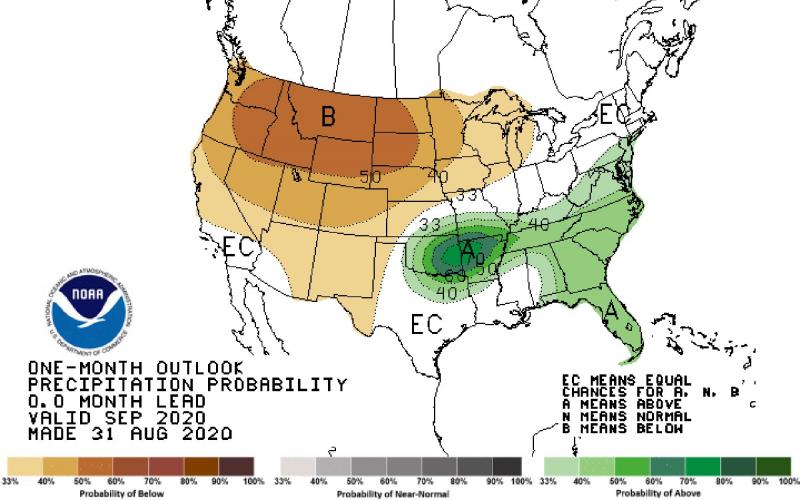
September 2020 Climate & Drought Outlook
Summer has its last hurrah the first week of September before we see potential for our state’s first freeze of the fall season, according to NOAA’s Climate Prediction Center.
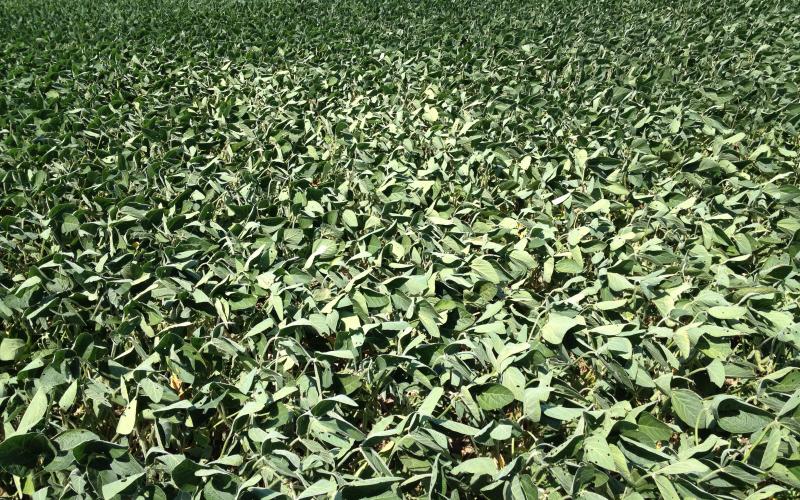
Drought Stress Symptoms in Soybean
Soybeans in South Dakota are in their moisture-critical reproductive stage. Drought stress during this growth stage can significantly impact yield, so here are some things to look for.